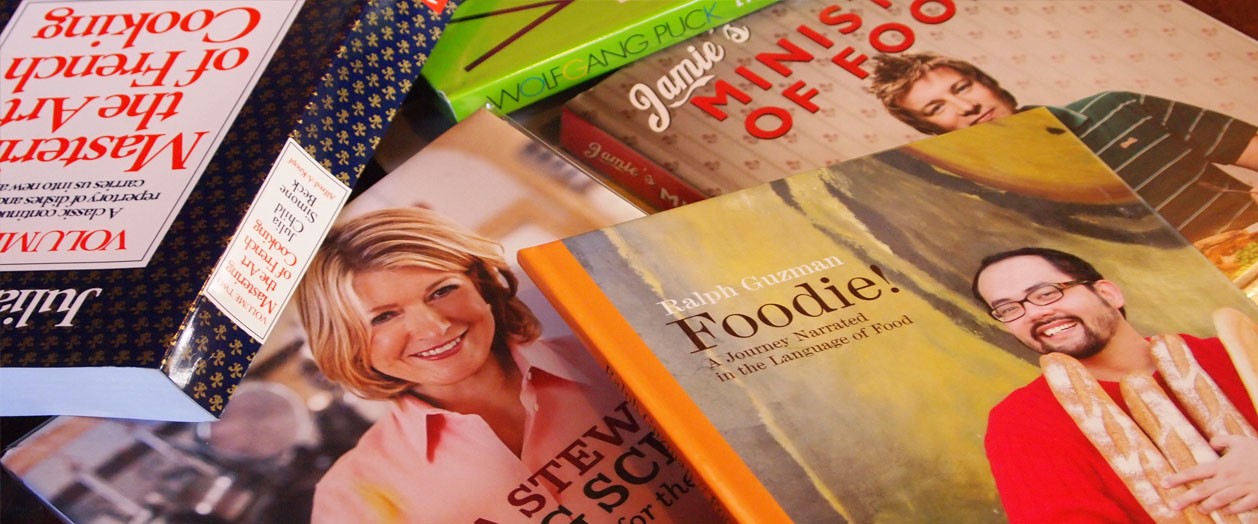It is always sad to see good food go to waste, especially when it is caused by poor handling, preparation or the wrong way of cooking. At times, we may find ourselves responsible for certain mistakes in the kitchen (I have had my own share of mistakes and learned from them the hard way). At other times, it may be our own household help who would not know any better. As to why this happens, many times, they are not given enough instructions.
The bottom line: we all spend money on food, and everyone wants their return on investment in the form of good taste.
For example, I’ve heard not a few stories of how a number of household helpers have mistaken Kobe beef or Angus beef for ordinary beef and cooked them beyond well done, cooking them like tapa. [For non-Filipino readers, tapa is not to be confused with the Spanish tapas. The Filipino tapa is dried or cured beef that is fried and cooked well done. They can be, depending on the beef used, hard and chewy]

I just finished breakfast as I write this, and just a few minutes earlier, I had the worst longganisa prepared at home. [For the benefit again of my dear foreign readers, longganisa is the Philippines’ version of sausage. They are very delicious. If you get them from provinces like Pampanga, they tend to be on the sweet-savory side. For other provinces like Ilocos Norte, Ilocos Sur, Cagayan, Nueva Ecija, and Quezon, they tend to be on the very garlicky side. They are very popular as breakfast food. And I love using the garlicky variety for pasta dishes.]
The longganisa I had today was very dry. It had lost its flavorful oils, which was a real pity. How I wish I woke up earlier to guide our household helper on the proper way to cook it. So how does one cook it?
The biggest mistake one can make–the mistake of the one who prepared it earlier — is to just fry it in oil. Yes, the longganisa comes out toasted. But it is too dry. You lose the real flavors of the longganisa, especially the garlicky variety.
The best way to cook it is to pour about a cup of water onto your pan–non-stick is always preferred. Then you put in your longganisa. Allow the longganisa to simmer, rotating it regularly so that it each piece browns evenly. Notice, there is no need for oil. As the water evaporates, the juices and oils of the longganisa come out. It is these very delicious fluids that complete the cooking and make them very tasty.
How much water? Aa cup will do. The idea is not to totally submerge the longganisa, which only prolongs the cooking time. So a cup is enough. For a more flavorful longganisa, I add two or three cloves of crushed garlic into the water, as well as pepper. No need for salt as the longganisa is salty on its own.
Once the longganisa has browned and is toasted, you can serve them. I love serving them with either scrambled eggs or salted eggs, as well as garlic rice. I also dip the longganisa in a bowl of vinegar, garlic, and salt. The vinegar from the Ilocos provinces, I feel, are the best partner to longganisa.
Lest I forget, do not throw the oil of the longganisa right away. You can make good fried rice out of the longganisa oils. If you have a little oil left, you can add additional cooking oil. Add garlic. And then, add your rice.
Enjoy your next longganisa!

So I can’t put them in the oven? 🙁
aww…
pero hindi ba mali rin yung 1 cup of water? kasi hindi rin naman consistent ang sizes ng frying pans. a good way to measure yung amount of water is to submerge yung longganiza sa water na 1 inch high?
Hi, Luigi. It depends on the frying pan you have. You do add or subtract water depending on the size of the pan. 🙂